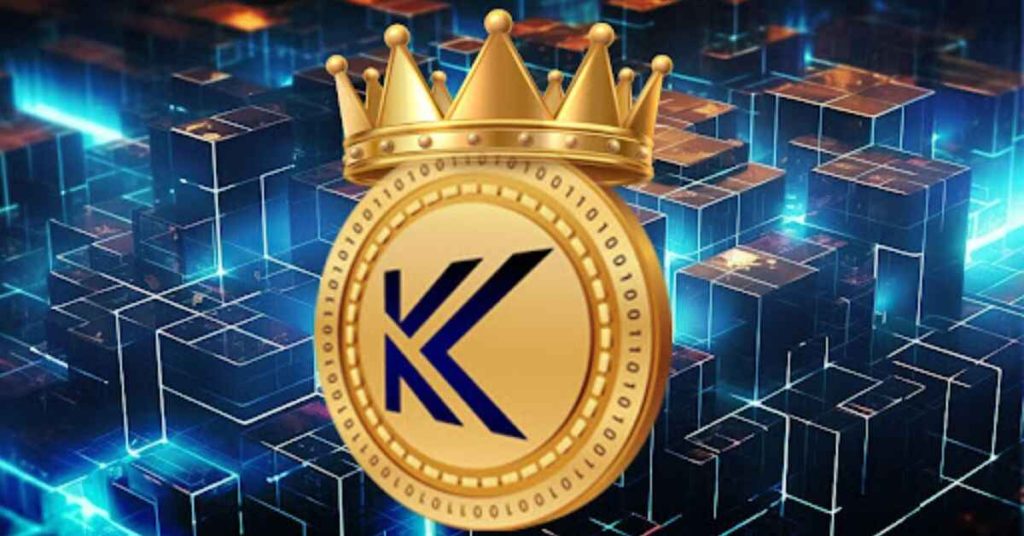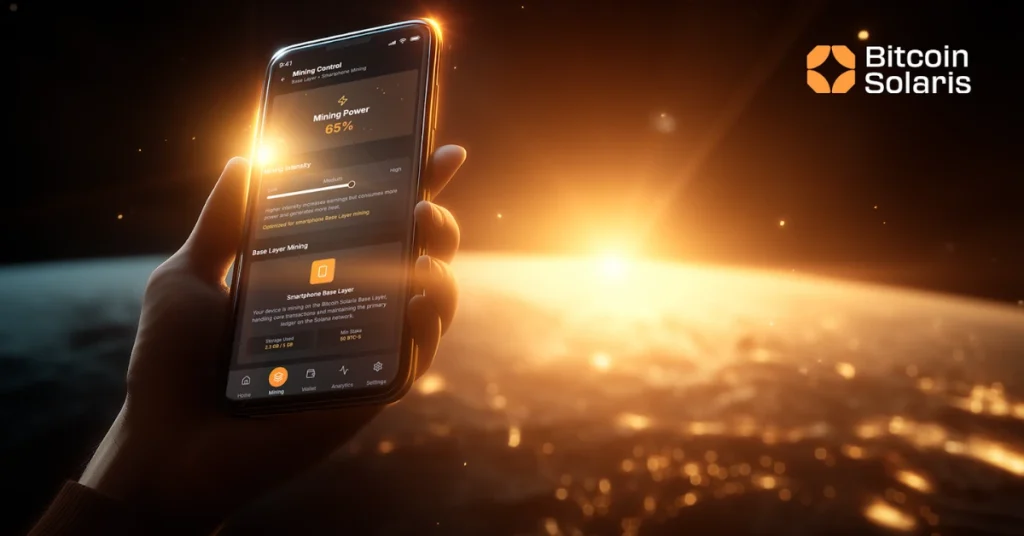
The post A Checklist of Everything You Need to Start Mining Monero appeared first on Coinpedia - Fintech & Cryptocurreny News Media| Crypto Guide
Monero or XMR is one of the more well-known privacy coins in the world of cryptocurrency. The coinage’s root can be traced to a white paper published in 2013 by a person or group only known as Nicolas van Saberhagen.
Critiquing Bitcoin, which was launched in 2009, the white paper insisted that privacy and anonymity are the most important aspects of electronic cash.
Bearing these qualities, Monero was launched the next year.
These days, XMR has the third largest pool of developers behind Bitcoin and Ethereum. True to its roots, Monero maintains the privacy, anonymity, and security of all the transactions that use the coin through 3 technologies.
These are ring signatures that obfuscate the sender’s address, stealth addresses that hide the recipient’s address, and ring confidential transactions that keep the amount of each transaction secret.
Due to its untraceable nature, the United States Internal Revenue Service (IRS) has posted a bounty for anyone who can develop tools to trace Monero in 2020.
In addition to being used in trading and anonymously and privately completing transactions, Monero can be mined.
This means that you can work to validate the transactions that use the coin and receive a reward in the form of a portion of an XMR coin for your efforts.
If you’re not too drawn to the idea of being a trader or if you want to cut on the cost of directly investing in the coin, mining is a good way to get involved in this cryptocurrency.
Here’s a list of what you need to start mining this privacy-oriented coin.
A Monero Wallet
Just like when investing or trading, you need to have a cryptocurrency wallet to start mining. This is where you’ll store your reward for the work that you do.
There are many types of wallets to choose from, and to find the best Monero wallet for you, you need to be aware of your options and the qualities that you want your wallet to have.
There are different types of Monero wallets, with the main options being full wallets, light wallets, custodial wallets, and paper wallets.
Full wallets are capable of supporting their own nodes, which then add to the existing nodes in the cryptocurrency network.
As this type of wallet uses the miner’s own nodes to carry out transactions, it offers better privacy.
However, having your own node also requires you to support the Monero blockchain, which is now close to 100 gigabytes, if not more.
If having your own node is not a top priority for you, then you can go with more convenient options for keeping your Monero stash.
Light wallets, for one, will not require you to keep your own node. Rather, these wallets connect you to a node that will enable you to access your XMR stash.
Using custodial wallets, on the other hand, entails handing over the custody of your coins to another entity.
To see your coins, you need to provide your custodian with proof that you are who you claim to be, and there’s a chance that your caretaker can claim the coins for their own.
Finally, using a paper wallet means storing your coins in a computer that’s not connected to the internet.
This storage method offers more security against malicious third parties online, though it’s also prone to human error.
A Mining Rig
In addition to having a cryptocurrency wallet for safekeeping your mining profits, you also need to set up a mining rig.
Many coins require specialized mining hardware called ASIC (Application-Specific Integrated Circuit), but Monero is designed to be ASIC-resistant.
The cryptocurrency can be mined using computers equipped with GPU or CPU that are accessible to regular consumers. Ideally, the hardware you choose should be able to offer a high hashrate, which is, to put it simply, an indicator of the unit’s mining speed.
A mining rig that’s capable of reaching higher hashrates can process more data in a shorter amount of time. To check your hardware’s mining performance or if it’s suitable for mining, you can use online benchmarks that have been compiled by the members of the cryptocurrency community.
Mining Software
Last but not least, you need software specifically for mining Monero. There are plenty of popular programs that support the coin, and some of them are free while others charge developer fees.
The technology is constantly changing, so it’s a great idea to keep an eye out for developments even after you’ve chosen a mining program for the meantime.
Getting Started and Refining Your Mining Setup
Once you’ve prepared these components and have access to electricity and the internet, you can start mining.
To do this, you need to download the mining software on your computer, configure it so that the rewards for your mining efforts will be directed to your Monero wallet, and you’re good to go.
Over time, you can apply improvements in your mining rig to make it more efficient, continue mining solo or pool your efforts with other miners to improve your chances of making a profit, and maybe even change the components of your mining setup according to your preferences.
Mining cryptocurrency has a learning curve, but take it slow and you’ll eventually get the hang of it and come up with strategies that will make this activity more profitable for you and the coin’s community.

 3 years ago
262
3 years ago
262














 English (US) ·
English (US) ·